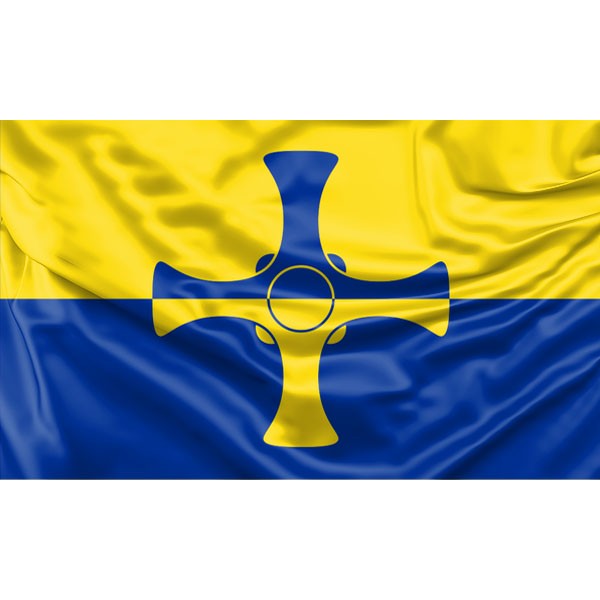County Durham
WELCOME TO County Durham
Province Overview
Durham
2,676 km2
526,980
English

Popular
Geography and Tourist Attractions
Information about the province's tourist attractions, including popular destinations, events, and activities.

North Pennines Area of Outstanding Natural Beauty

Durham Cathedral and Castle

Beamish, The Living Museum of the North
Political
Economy and Government
County Durham has a diverse economy that is driven by a range of industries. Historically, the region was known for its coal mining and steel manufacturing, but today, the economy is much more varied. Manufacturing still plays an important role, with companies in sectors such as automotive, electronics, and biotechnology operating in the region. The service sector is also an important contributor to the economy, with notable industries including finance, education, and healthcare.
The government of County Durham is led by the Durham County Council, which is responsible for providing a range of services to local residents and businesses. This includes everything from education and social care to waste management and transport. The council is overseen by a leader and a cabinet, with decisions made by a combination of elected members and officers.
In recent years, the council has focused on promoting economic growth and creating jobs in the region. This has included investing in infrastructure projects such as road and rail improvements, as well as supporting local businesses and entrepreneurs through grants and other initiatives. Overall, the government and economy of County Durham are dynamic and evolving, with a strong focus on innovation, sustainability, and growth.

History
History and Culture
County Durham has a rich history and culture that spans thousands of years. The region is home to a number of significant archaeological sites, including the Roman fort of Binchester and the prehistoric remains at the Bracken Hill Local Nature Reserve. The area was also an important center of Christianity in the Middle Ages, with the stunning Durham Cathedral and Castle being prime examples of the region's religious heritage.
In the 19th and early 20th centuries, the region was known for its coal mining and steel manufacturing, which played a crucial role in powering the Industrial Revolution. This legacy can still be seen in the many industrial heritage sites that dot the landscape, including the Bowes Railway and the Beamish Museum.
Today, County Durham has a vibrant arts and culture scene, with numerous festivals, galleries, and theaters showcasing the region's creative talents. The Durham Book Festival, Lumiere light festival, and Brass festival are just a few of the events that draw visitors from around the world. The region is also known for its traditional music and dance, with the Durham miners' gala and the Easington Colliery Brass Band being just two examples of the area's cultural heritage.
HOTELS

Seaham Hall

Rockliffe Hall

The Rose and Crown
RESTAURANTS

Raby Hunt

The Cellar Door

